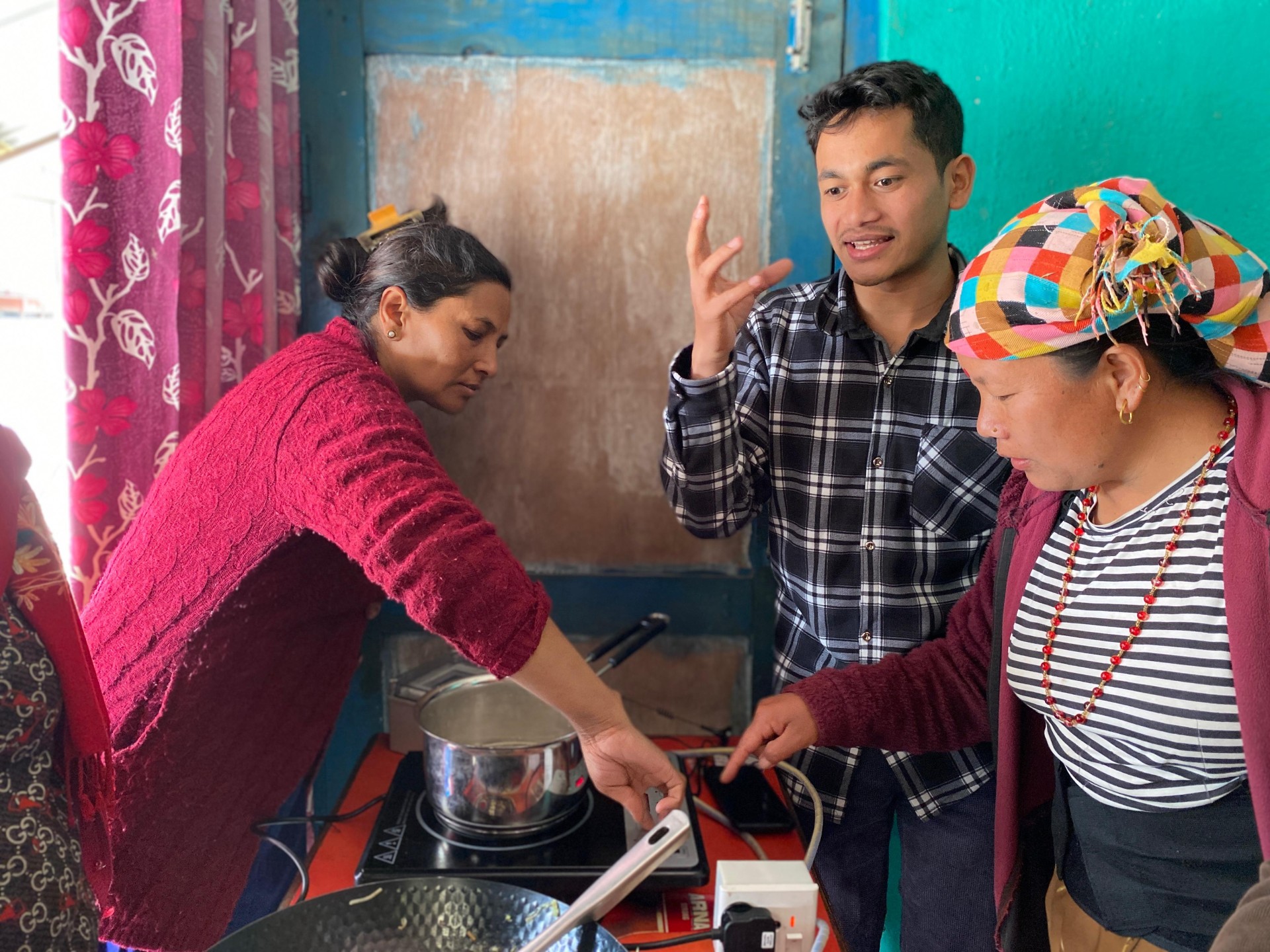E-cooking offers promising opportunities for rural enterprises in Nepal, boosting savings, health, and micro-hydropower sustainability. Our new report highlights key findings from twenty small businesses in Baglung.
Making MHPs Sustainable – Insights from our Workshop
Micro Hydropower (MHPs) systems in Nepal can play an important role in stabilizing the national grid and enhancing the resilience of the country’s power infrastructure. The productive use of electricity generated by these systems also has the potential to significantly improve livelihoods in mountainous communities. However, to realize these benefits, it is essential to strengthen the local capacities of MHP operators and committees.
As part of our Innovation Lab Nepal Project, we organized a multi-day training workshop for over 60 participants in Baglung, Badigad Rural Municipality.
Workshop Highlights:
- Basic knowledge on grid connection of MHPs
- Regulatory, social, and technical requirements
- Financial aspects and potential resource mobilization
- Practical experience at the Tarakhola project (380 kW)
- Group exercises on promoting productive end uses and sustainable MHP operation
A special thanks to our local partner organizations Winrock International, PEEDA, and RecoftC Nepal for making these workshops possible!
If you found this video informative, please give it a thumbs up and subscribe for more content on sustainable energy projects. Learn more about our Innovation Lab Nepal project.



